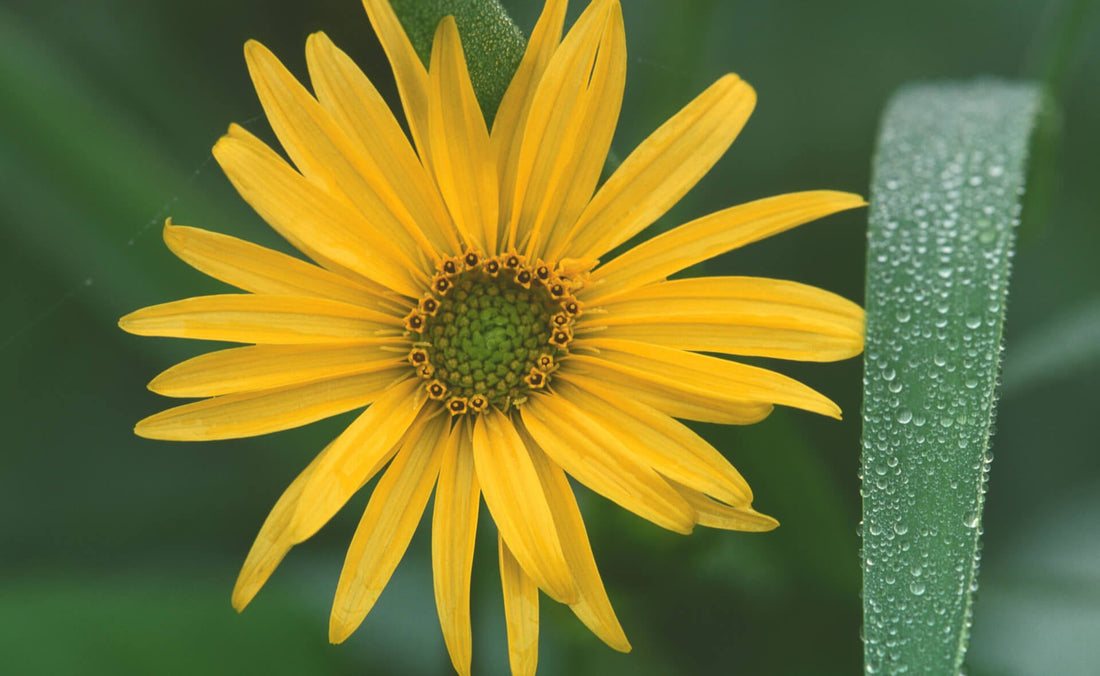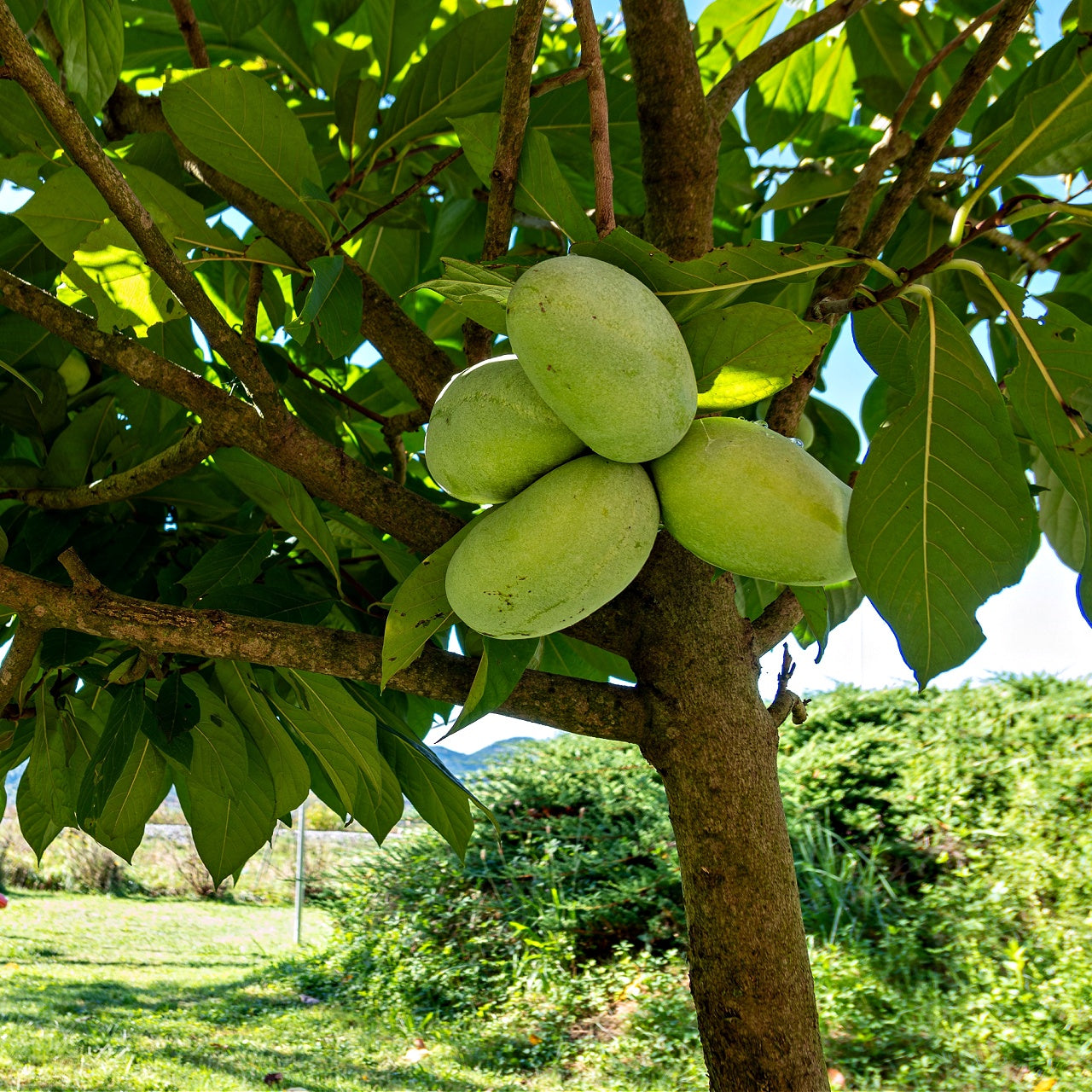
Planting, Growing, and Caring for Sunflowers
Planting, Growing, and Caring for Sunflowers
Step of Success
Sunflowers Introduction: Sunflowers (Helianthus annuus) are vibrant, cheerful flowers that brighten any garden or landscape. Known for their towering stalks and large, golden-yellow blossoms, sunflowers are beautiful and relatively easy to cultivate. We will explore the steps to plant, grow, and care for sunflowers, focusing on Maximilian sunflowers (Helianthus maximiliani). These native species add a unique charm to your garden.
I. Choosing the Right Sunflower Variety:
Sunflowers come in various sizes and colors, making it essential to choose the right type for your garden. Some popular sunflower varieties include the classic giant sunflower, dwarf sunflowers, and the Maximilian sunflower. Maximilian sunflowers are known for their slender stems and numerous small, yellow blooms. They are perennial, meaning they come back year after year, making them a great addition to a low-maintenance garden.
II. Selecting the Ideal Location:
Sunflowers require 6-8 hours of direct sunlight every day to grow and develop properly. Therefore, when choosing a sunflower location, ensure it receives ample sunlight. Sunflowers also prefer well-draining soil that is rich in organic matter. It's best to steer clear of areas with heavy clay or waterlogged soil, as they can cause root rot.
III. Planting Sunflowers:
- Timing: Sunflowers are warm-season plants, so it's best to plant them after the last frost date in your area. This is typically in the late spring or early summer.
- Soil Preparation: Before planting, amend the soil with compost to improve its fertility and drainage. Sunflowers can tolerate various soil types but thrive in well-draining soil.
- Spacing: The spacing between sunflowers depends on the variety. For giant sunflowers, space them 18-24 inches apart, while smaller varieties can be spaced 6-12 inches apart. Maximilian sunflowers can be planted about 18 inches apart.
- Planting Depth: Plant sunflower seeds about 1 inch deep. If planting multiple seeds in a single hole, thin them to the recommended spacing once they have grown a few inches tall.
- Watering: After planting, water the seeds thoroughly to help them settle in. To ensure the growth of seedlings, it is essential to keep the soil constantly moist. This process typically takes 7-10 days for the seedlings to emerge.
IV. Sunflower Care:
- Watering: Sunflowers require regular watering, especially during dry spells. Prevent fungal diseases by keeping leaves dry with water at the plant's base. Once established, sunflowers are somewhat drought-tolerant, but consistent moisture encourages healthier growth and larger blooms.
- Fertilizing: Sunflowers benefit from a balanced, all-purpose fertilizer applied at the time of planting.
- Mulching: It's recommended to add a layer of mulch around the base of the sunflowers. Applying mulch to the soil can help to maintain moisture, inhibit weed growth, and regulate soil temperature.
- Support: Tall sunflower varieties like giant sunflowers may require support to avoid falling over during strong winds or heavy rainfall. Maximilian sunflowers usually don't need support due to their more diminutive stature.
V. Dealing with Pests and Diseases:
While sunflowers are generally hardy, they can still fall victim to pests and diseases. Here are some common issues and how to address them:
- Pests: Aphids, slugs, and snails can occasionally be a problem. You can control aphids using neem oil and handpick slugs in the evening when they are most active.
- Diseases: Common diseases include downy mildew and powdery mildew. For healthy plants, provide good air circulation and avoid overhead watering. Removing any affected leaves is essential to prevent the spread of fungal diseases.
VI. Maximilian Sunflowers: A Unique Addition to Your Garden:
Maximilian sunflowers are native to North America and are often chosen for their graceful, feathery foliage and bright yellow, daisy-like flowers. They will grow well in various soil types and are drought-resistant once established. Their long-lasting blooms provide nectar for pollinators and seeds for birds. To grow Maximilian sunflowers:
- Planting: Follow the same guidelines mentioned earlier, considering their mature size when spacing them in the garden.
- Maintenance: Maximilian sunflowers benefit from regular watering and occasional fertilization like other sunflowers. Prune them in the late winter or early spring to remove dead growth and encourage new shoots.
- Naturalizing: Maximilian sunflowers tend to naturalize, which means they can spread and form large colonies over time. To control their spread, consider deadheading (removing spent flowers) to prevent self-seeding.
- Wildlife Attraction: These sunflowers are known for attracting beneficial insects, such as pollinators, and they provide food in the form of seeds for birds during the fall and winter months.
Sunflowers, including the charming Maximilian sunflowers, are a delightful addition to any garden. Their bright blooms, ease of care, and contribution to wildlife make them popular for gardeners of all experience levels. With this comprehensive guide, you can successfully plant, grow, and care for sunflowers, bringing sunshine to your outdoor space. Whether you choose the classic giant sunflower or the graceful Maximilian sunflower, these vibrant blooms will bring joy to your garden.






